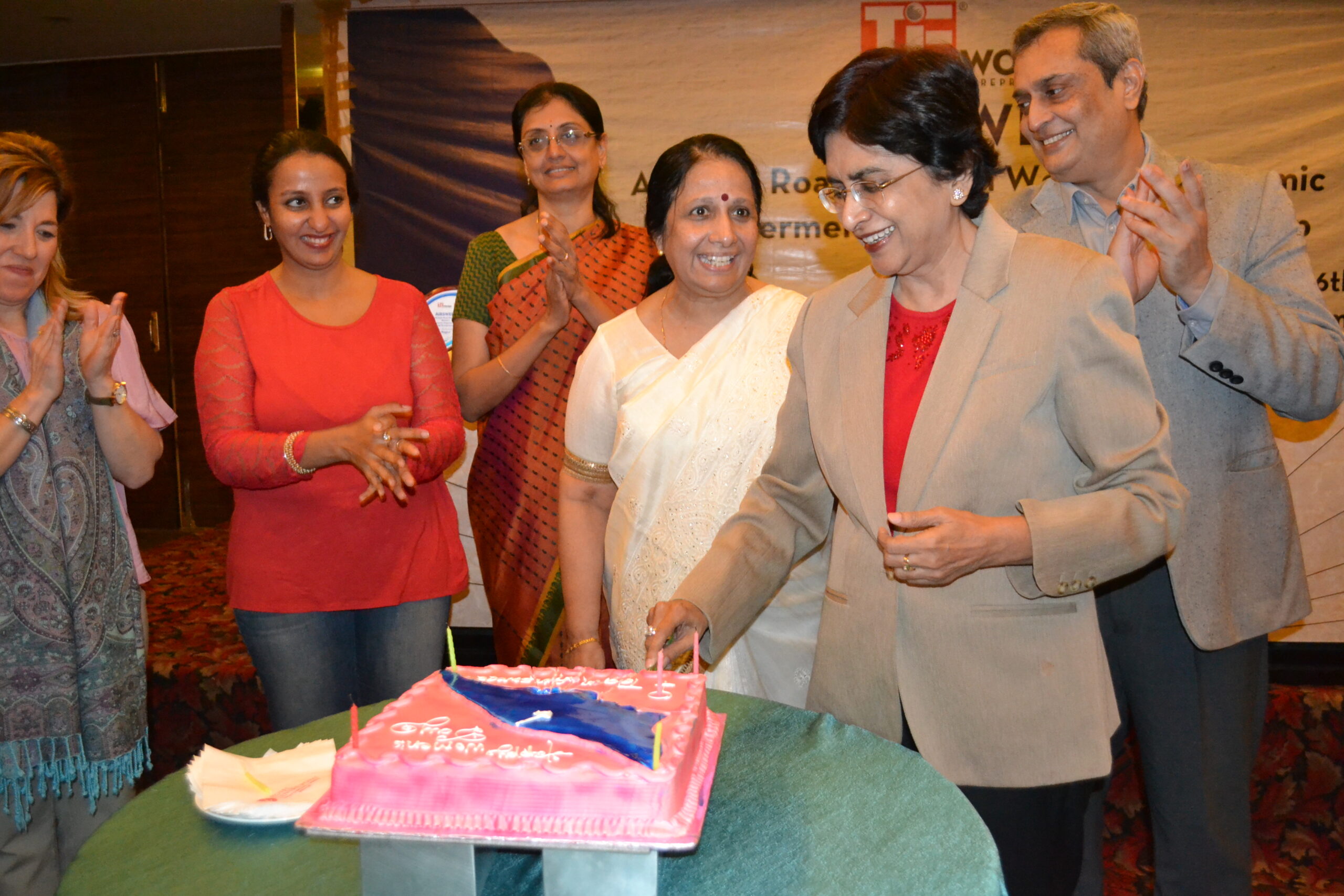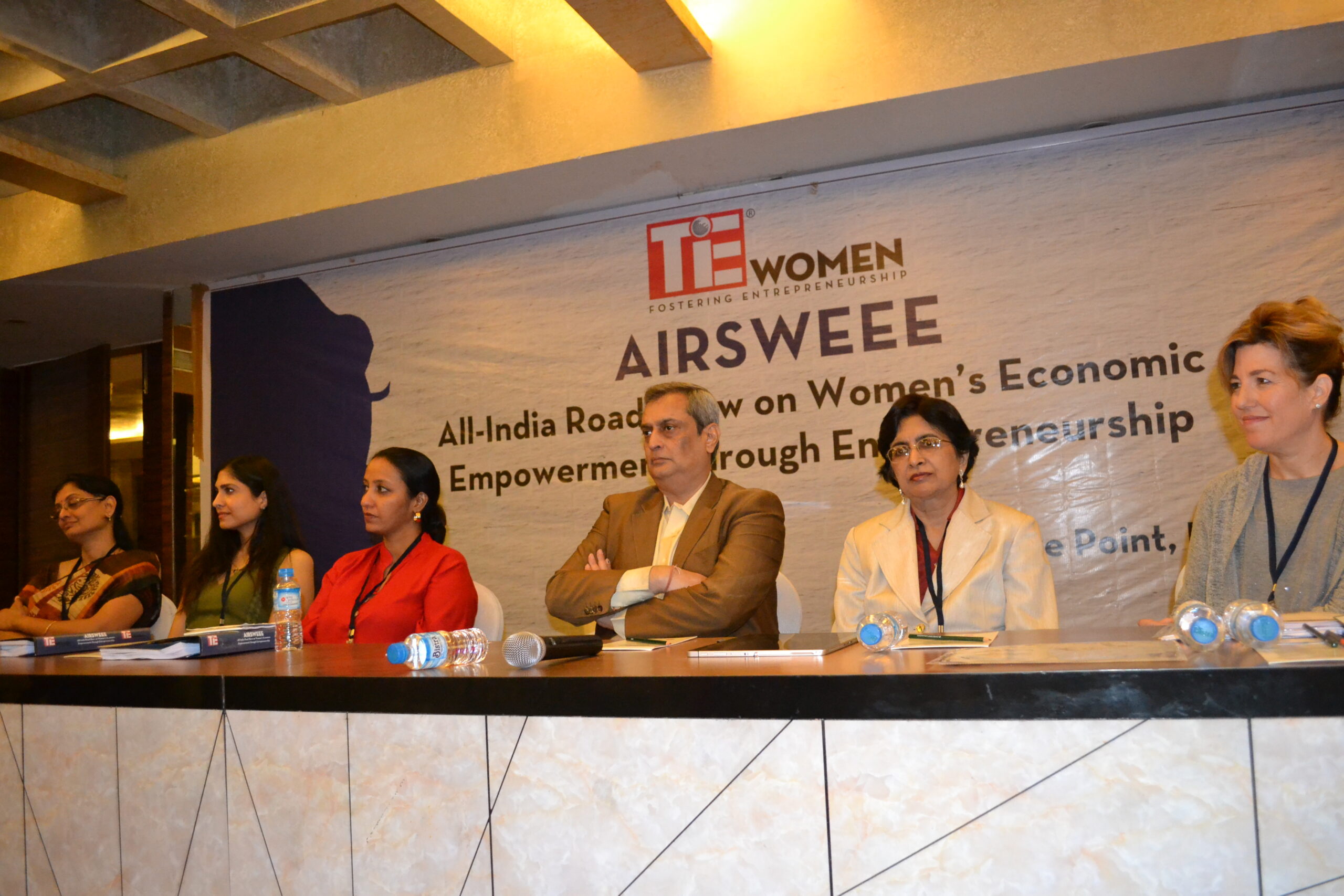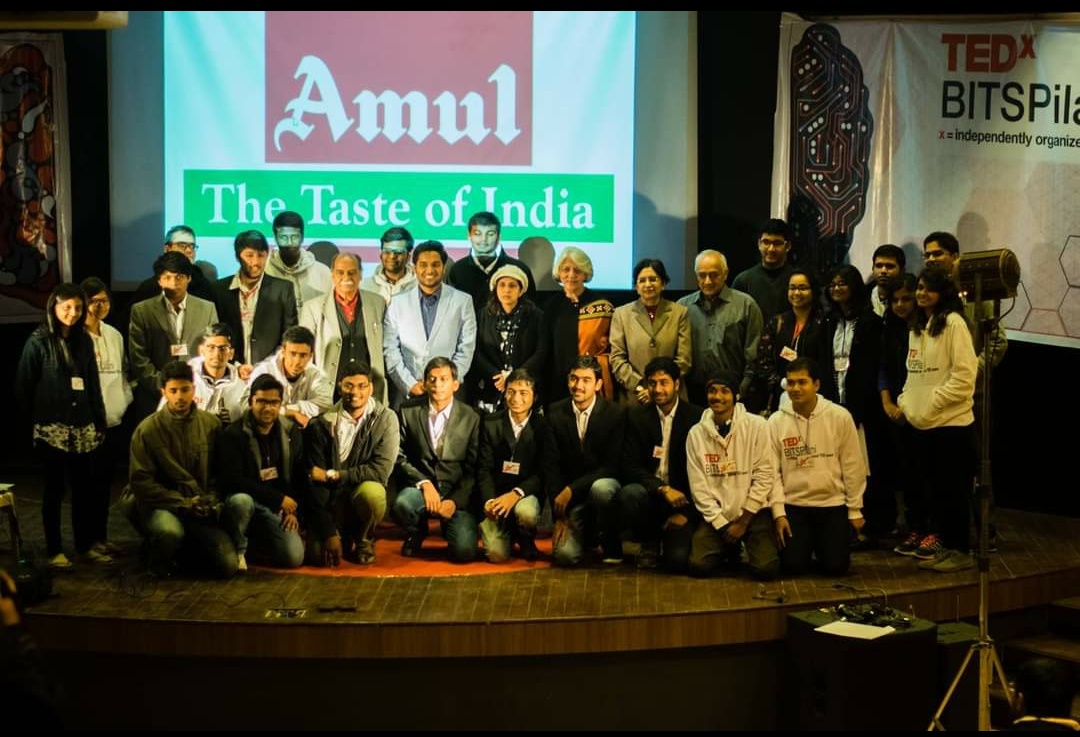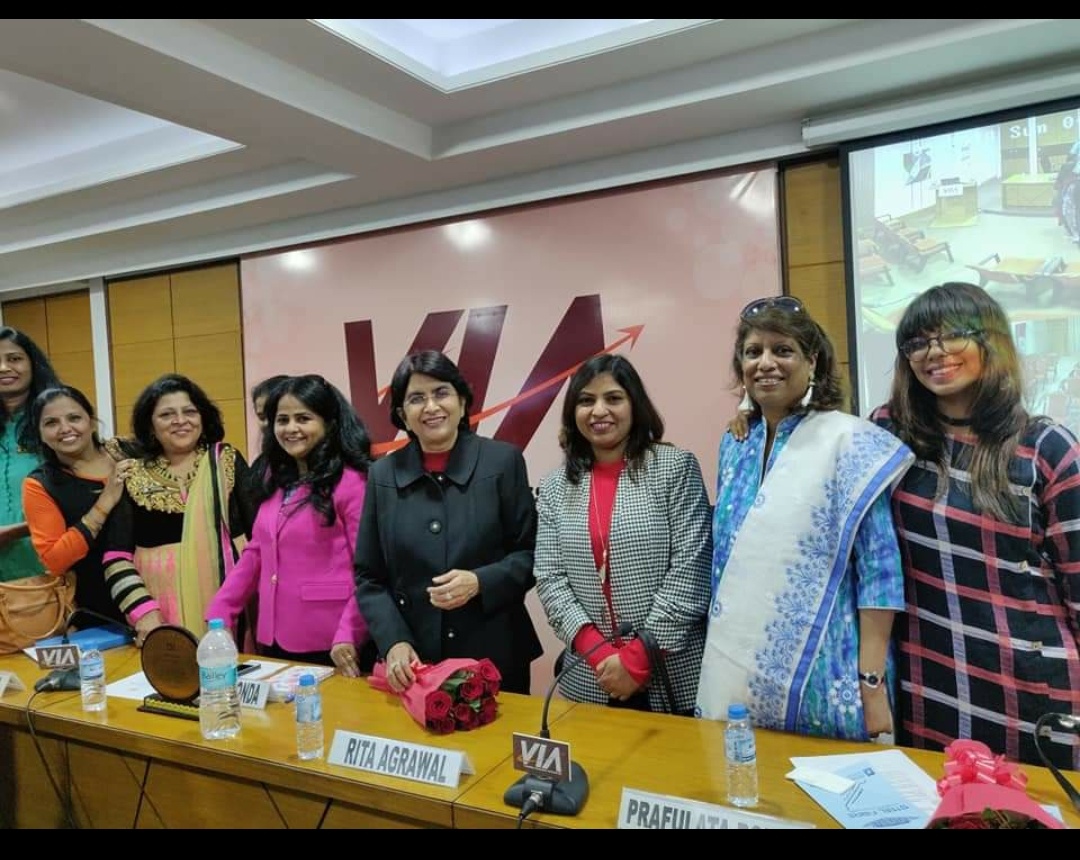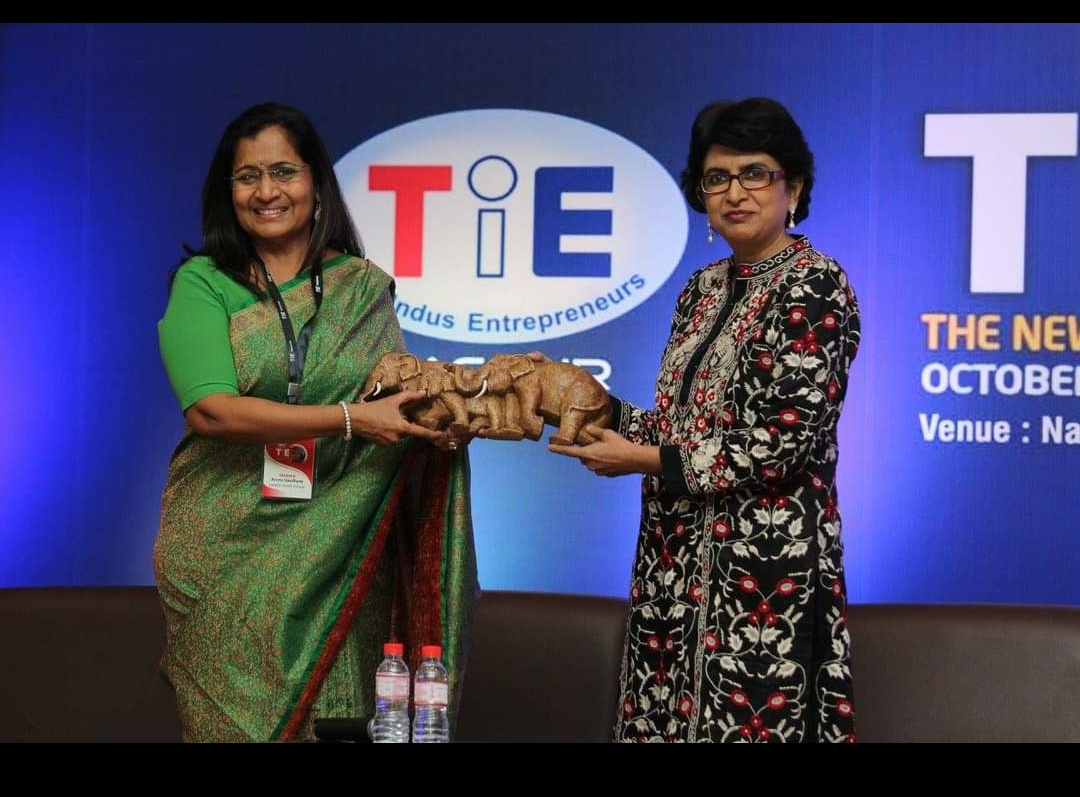The woman is never right and the man is never wrong – 03 Mar 10
This is an age old lament of women but still holds true in modern times in India. Women know that when they get married they must tow the culture of the man and his family. She must learn to do all things his way, beginning from what clothes to wear (in some communities married women must wear only a sari), what type of food to cook, what rituals to observe, how to socialise etc. In modern times when women are supposed to be educated, economically independent and are making choices of their own, once they are married they are told in clear terms to not have a mind of their own but to follow blindly whatever is told to them. Once married it is assumed that they had better change their images about themselves and they had better forget their pre-marital existence and start life afresh. They had better now listen to their husband and their in laws for their survival.
Mrs. Mehta was vehement with her views that in spite of education women are still being ill treated and are still easy targets for the in laws. Narrating her own experience she said that right from her husband to her mother and sister in law they all find fault with her simplest of chores. ‘You do not walk right, talk right, you do not know how to fill water in the bottles, not cook properly, nor keep the house well nor entertain guests or keep the members happy!’ She was exasperated while speaking and hesitantly expressed herself that she had lost her identity slowly over the decade after marriage.
The woman is still considered subservient to the husband. He is still the master and she the slave. He still dictates and she must follow. He sets the standards and she obeys them. He makes the laws and she implements them. The fact is that the home belongs to the husband and his family and the girl is an outsider. This is a fact we cannot deny. Another sad reality is that the girl never has a home of her own. She first lives in her father’s home and then gets transferred to her husband’s home. She belongs to nowhere and has no land of her own. She therefore remains homeless all her life and hence dependent.
Secondly, marriage is still considered as a guardianship of the girl and not a companionship for both of them. The family is still the primary unit and the new husband- wife duo a secondary pair. The marriage is still not considered as a togetherness of a newly wedded couple. The marriage is not of two individuals but of two families. The family is always taking over as a priority over the couple and influences and colours everything that matters.
Marriage has to be between two adults and not between two ‘children’ belonging to two different families. The boy’s parents cannot be the primary persons of concern- the couple is the primary unit. All adult members of both families should make way for the young ones and allow them to lead their life the way they want to. If the young pair is not matured enough to lead a good married life they should not get married in the first place. Parents should not get their immature children married till they are groomed enough. The problem is when parents themselves behave like immature persons and demand more attention than the young couple. If parents have unmet needs that they want fulfilled through their children what happens to the young couple’s needs is anybody’s guess. The ultimate problem is when the son too has internalised the needs of his parents and strives for the fulfilment of them through his wife is the last nail on her coffin. For then she has no place of her own and no- where to go. She is in a no-woman’s land.
Published in Hitavada Women’s world 3 march 2010.
